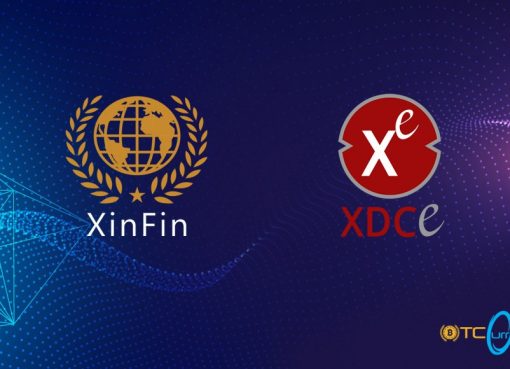In an unprecedented surge, Bitcoin has once again shattered expectations and records by soaring to new heights. The cryptocurrency, often regarded as the pioneer in the digital currency space, has experienced a remarkable increase in value, surpassing the $60,000 mark. This recent development is closely tied to the growing acceptance of cryptocurrencies among institutional investors and major financial entities.
The spike in Bitcoin’s value is notably driven by the news of several large-scale institutional investments and the integration of cryptocurrency services by significant banking and financial institutions. Reports indicate that an array of financial giants have started offering custody and trading services in cryptocurrencies, particularly Bitcoin, which has substantially bolstered market confidence.
Market Dynamics and Institutional Investors
The influence of institutional investment on Bitcoin’s market dynamics cannot be overstated. Large amounts of capital influx from institutional entities not only inject liquidity into the market but also foster a level of legitimacy and confidence in cryptocurrencies among cautious investors. This cycle of investment and growth has propelled Bitcoin from a niche digital curiosity to a mainstream financial asset.
Recently, a well-known investment fund disclosed a substantial acquisition of Bitcoin, amounting to several billion dollars. This acquisition underscores a strategic shift towards digital assets among traditional investors, driven by Bitcoin’s promising return rates, which have consistently outperformed traditional assets over the past decade.
Technological Enhancements and Security Measures
Parallel to the influx of institutional money is the evolution of blockchain technology, which underpins Bitcoin. Enhancements in blockchain technology have significantly improved transaction speeds and security, making Bitcoin transactions more efficient and less susceptible to fraud. Innovations such as the Lightning Network have been instrumental in scaling the capabilities of Bitcoin’s underlying technology, catering to an increasing volume of transactions.
In terms of security, there has been a marked increase in the sophistication of cryptographic techniques and security protocols. The adoption of multi-signature wallets and more robust encryption methods has reduced the incidence of theft and hacking, which previously plagued the cryptocurrency sector.
Global Economic Factors
The surge in Bitcoin also coincides with a backdrop of global economic uncertainty. Factors such as inflation fears, currency devaluation, and economic instability due to geopolitical tensions have led investors to seek alternative stores of value. Cryptocurrencies, led by Bitcoin, have been beneficiaries of this trend, with many investors viewing digital currencies as a hedge against economic instability.
Moreover, the COVID-19 pandemic has accelerated the digitization of money, with an increased emphasis on digital payment methods. Cryptocurrencies have naturally fit into this shift, providing a contactless, efficient method of transaction that aligns with the public health mandates during the pandemic.
Regulatory Landscape
As the cryptocurrency market matures, there has been a parallel development in the regulatory landscape. Governments and financial authorities worldwide are increasingly recognizing the need to devise and implement frameworks to regulate cryptocurrencies. These regulations are intended to prevent money laundering, protect investors, and stabilize the financial system while supporting the growth and innovation in the fintech sector.
While regulatory scrutiny is often viewed with caution, many industry experts believe that clear regulations are essential for the long-term stability and growth of cryptocurrencies. Proper regulations can prevent market manipulation and fraudulent activities, creating a safer environment for both retail and institutional investors.
Future Outlook
The outlook for Bitcoin remains robust as both technological adoption and institutional interest continue to grow. With more financial products and services built around cryptocurrencies, such as Bitcoin ETFs and crypto derivatives, the infrastructure for a matured Bitcoin market is steadily being laid out. This not only enhances liquidity but also broadens the base of potential investors who can now engage with Bitcoin through conventional investment vehicles.
In conclusion, Bitcoin’s recent price surge is not just a reflection of market sentiment but a confluence of factors including technological advancements, institutional acceptance, and evolving economic conditions. As the world leans more towards digital solutions, Bitcoin, along with other cryptocurrencies, is poised to play a crucial role in the future of finance. This transformative phase in the financial landscape marks a new chapter not only for Bitcoin but for the broader ecosystem of digital currencies.




